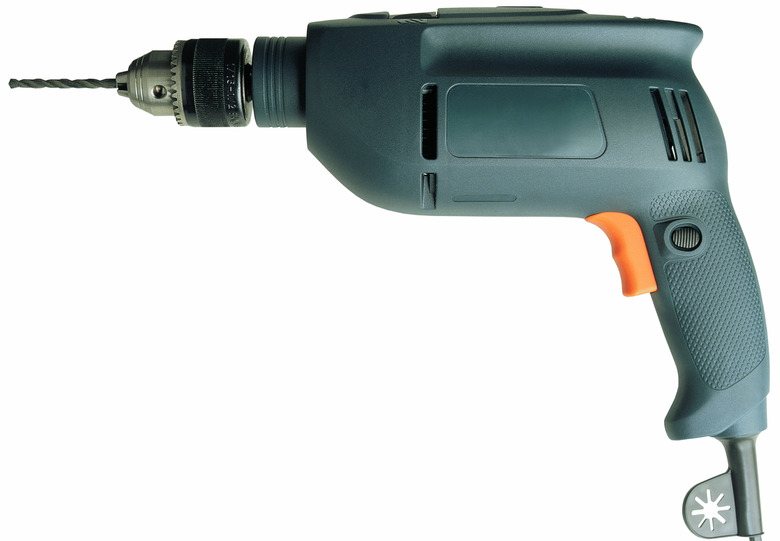How To Build Your Own Sump Tank For An Aquarium
A sump can be beneficial to any aquarium– freshwater, saltwater or reef. The added water volume helps stabilize pH,dilutes nitrites and nitrates and also adds water surface for oxygenation. A sump is also a good way to hide equipment such as protein skimmers and heaters and is the perfect place to add chemicals to your system without risking chemical burn to your tank's inhabitants.
Step 1
Place the sump lower than the aquarium. The larger the sump, the better, regardless of the size of your aquarium.
Step 2
Drill two holes on opposite sides of the tub or tank for your inflow and outflow pipes. The holes should be toward the center of the tub to insure that the water will not flood out if the tank is turned off. The holes should be cut to size for your PVC piping. The inflow must be higher than the outflow to prevent backwash.
Step 3
Attach the sump so that the water moves from the filter, to the sump and protein skimmer through the UV or ozone sterilizer, then to the chiller.
Step 4
Place a powerhead to push water from the sump, out the PVC piping up into the sterilizers, chillers or aquarium, depending on what equipment you are using. Use silicone sealant and a few pieces of PVC in gradually increasing size until the water is moving steadily upwards. Format PVC piping into "stairs" rather than straight up vertical.
Step 5
Seal PVC piping into holes with silicone sealant so the sump is watertight.
Things Needed
- Clean plastic or acrylic tub or glass tank
- Drill
- PVC piping
- Silicone sealant
- Powerhead
TL;DR (Too Long; Didn't Read)
The best way to get water from the filter to the sump is the "overflow" method, i.e. gravity and a PVC pipe.
The size of the PVC piping you will need will depend on the rate of flow of your filter and powerheads. The faster your rate of flow, the wider you will need your PVC to prevent backups and flooding.
The sump, which can contain your heater and certain models of protein skimmer,
Some saltwater aquarists put live rock in their sumps to help with filtration.
Cite This Article
MLA
Goodwin-Nguyen, Sarah. "How To Build Your Own Sump Tank For An Aquarium" sciencing.com, https://www.sciencing.com/build-own-sump-tank-aquarium-5765245/. 24 April 2017.
APA
Goodwin-Nguyen, Sarah. (2017, April 24). How To Build Your Own Sump Tank For An Aquarium. sciencing.com. Retrieved from https://www.sciencing.com/build-own-sump-tank-aquarium-5765245/
Chicago
Goodwin-Nguyen, Sarah. How To Build Your Own Sump Tank For An Aquarium last modified March 24, 2022. https://www.sciencing.com/build-own-sump-tank-aquarium-5765245/
